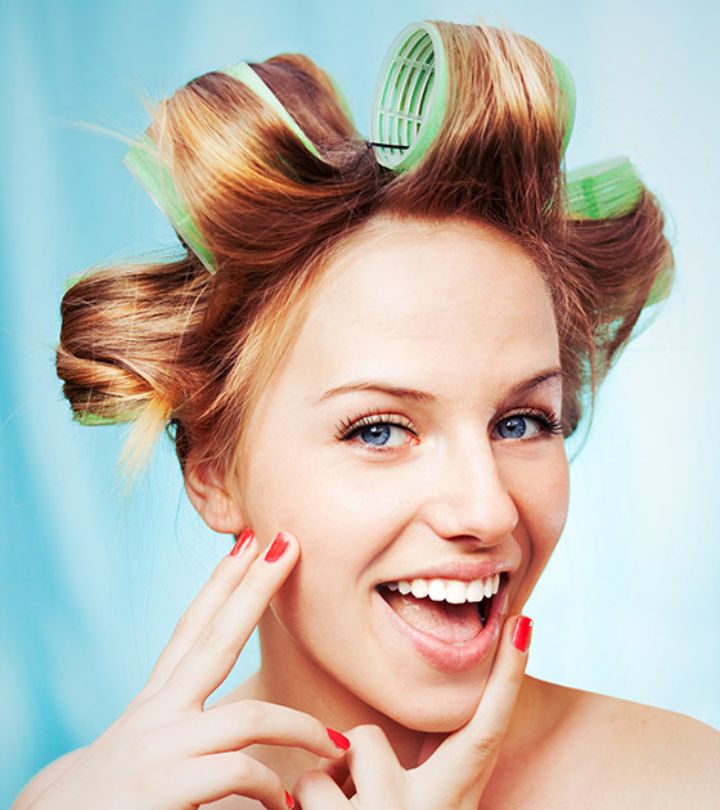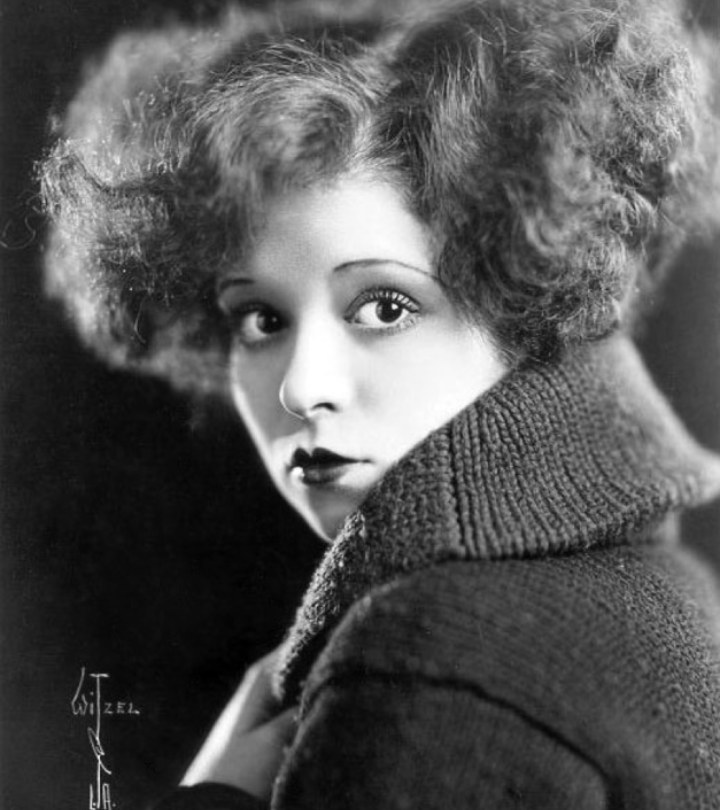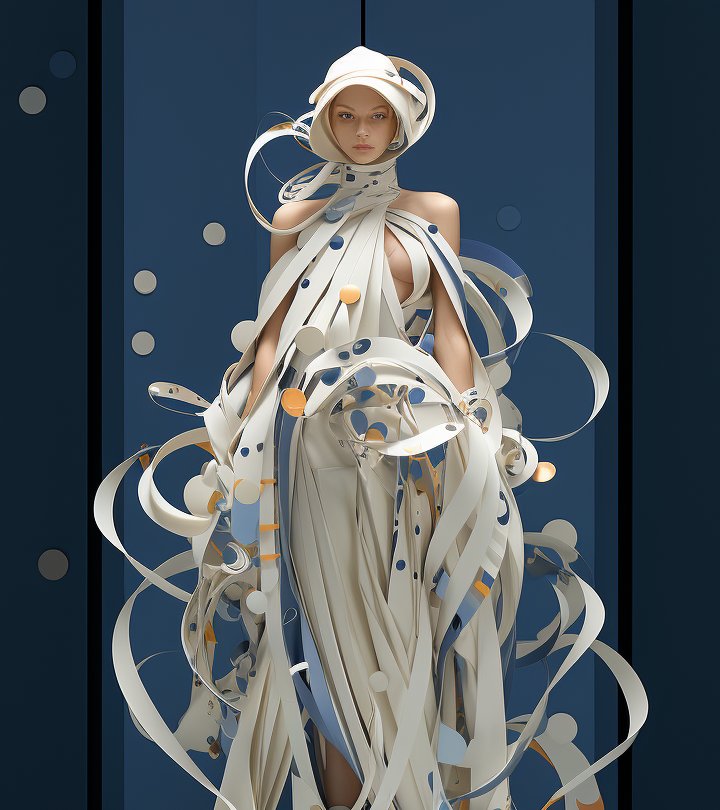Like outfits and jewellery, wigs may be an element of someone’s image. Wigs could cover bladeless and enable changing hairstyles whenever you want. Moreover, wearing wigs or hair extensions helps celebrities be anonymous.
Table of Contents
Beginnings of wigs
Wigs firstly appeared in Egypt. They were used to cover natural hairs and protect head from the sun. Later, in Rome ancient women initiated a fashionable path of wearing wigs.
Unfortunately, wigs became popular, not due to fashion. In the 1500s, the epidemic of syphilis in Europe left people with hairless patches. To cover bald spots people started to wear wigs, but only upper classes have enough property to buy. Gradually wearing wigs became a trend and the purpose changed. People wore wigs to cover hair which they didn’t like and to hide any funky aromas!
Wigs—prevention from disease
In the 17th country wigs were worn to protect natural hair from head lice. Instead of shaving heads, they wore wigs so lice reached the wigs leaving hair free and healthy.
Wigs—fashion icon and expression of power
After a short period of time, wigs became a fashion icon. Kings of France – Louis XIII and Louis XIV wore them to hide their bald head. This trend was adapted in the UK by King Charles II.
Moreover, judges were wearing wigs to remain solemn. Their wigs have different names and usually are called “peruke” or “periwig”.
To change colour, wigs were sprinkling the powder.
Century of curly wigs
In the 18th century typical periwigs were substituted by cascade of curls. These wigs were made of natural goats, horse or human hair. Real human hair was the most expensive option.
Men were worn wogs because they wanted to look more mature and older than their ages.
Colour of wigs make difference
Colour of wigs makes the class distinction clear. Tradesmen usually had brown wigs, professionals wore grey wigs and white wigs were reserved by judges and military officers.
Wigs—nowadays
Actually, we have many options for changing our hairstyle and image using wigs. If we have short hair but want to make a hairsdo for a special occasion, we may use hair toppers, ponytails, braids or chignon. Using a clip-in hair extension you can do it on your own.
Moreover, if you like curls or weaves but your natural hair isn’t susceptible for curling, you can use synthetic or human hair weaves. Hair extensions are also an answer for very thin hair. Bulk hair will give your haircut more volume. In the shop, there aren’t any hair dye in colour you want? Buy wigs.











